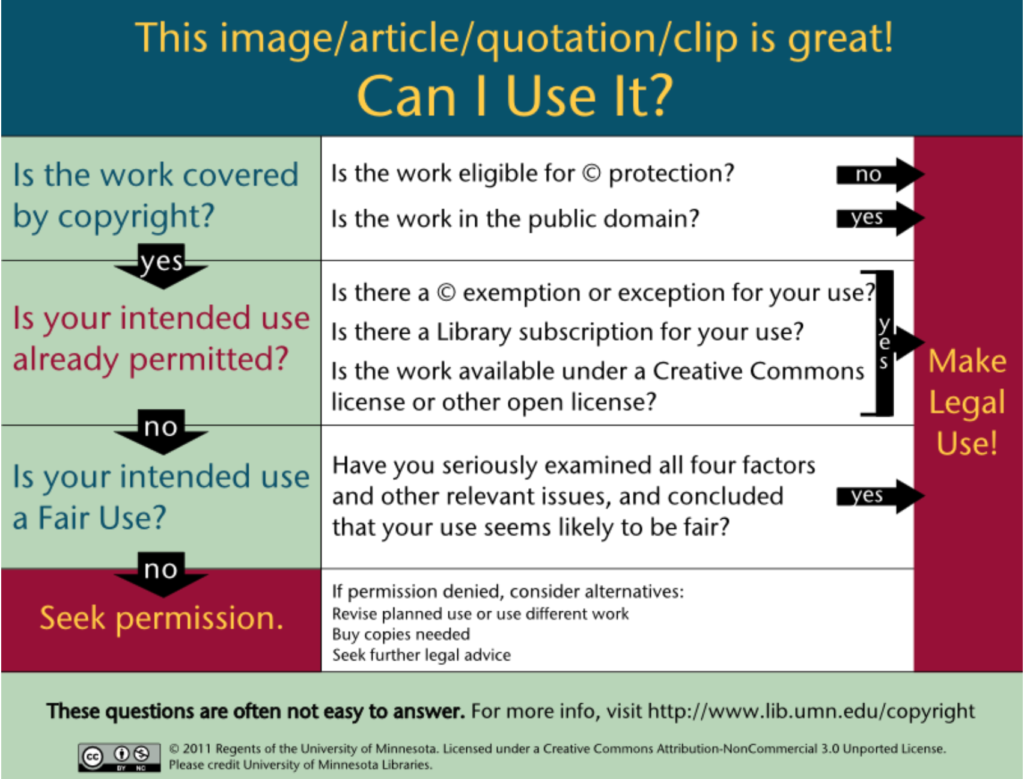“And it is worth noting that these rights belong to an author whether or not they claim them or include a copyright notice on their work.”
This quote speaks to the overall theme of the week in that it’s talking about copyright. In class, we are working on our Omeka projects and it is vitally important that we understand copyright and laws that are similar. It is important because these sites will be public, and the items that we publish are going to be seen by a lot of people. It will be important for us to understand the copyright before we post our items for our collections publicly.
“However, what constitutes the limit on the size of quotes is not explicitly defined by law (see the four parameters above), and ultimately is only determined for a specific case when that case is brought before a judge.”
I think, as the article mentioned before this quote, that things can get murky when lawyers are involved. It’s a web of rights that as educators we will have to explore if we are going to create something for our students or have them create something. I do not really have a question for this quote other than clarity about lawyers and court cases. Of course, I know that if something is not public domain, which if it’s allowed through the university it is, for the most part, public domain. It’s just when there isn’t clarity on the copyright and what the original creator wants for their work. I think, for me as a future history teacher especially, always giving credit where it’s due is a safe bet.
“When thinking through using copyrighted works, the following flow chart…”

The flow chart that is mentioned in this article was extremely helpful in that it helped me visualize what copyright looks like. It also answers the question of to what extent of copyright is legal action required. It broke down as the previous article was saying into something more visual, and it resembled a checklist. This could be something that we as educators give to our students if we have them create something of their own and it is going to be public. For example, if I have my students create and publish an Omeka site or even a public story map, this flow chart will help them decide what images or items they can use without permission or what items need permission from the original creator.